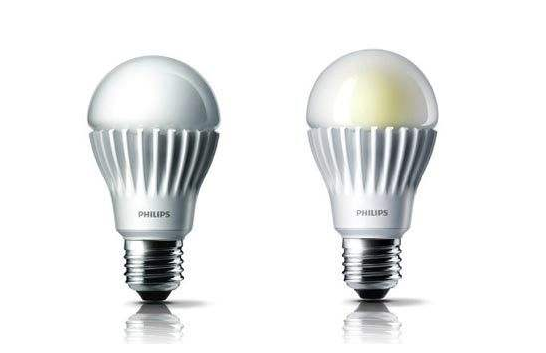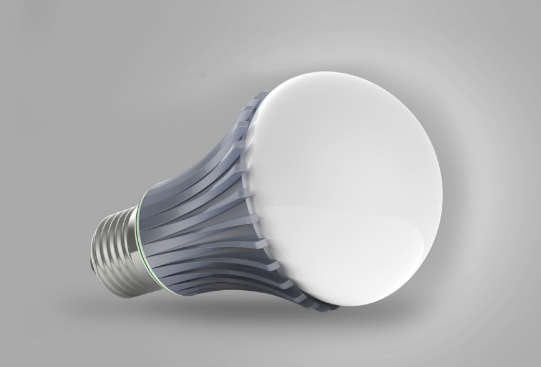Guide: LED bulbs are a common sight in our daily lives. Since Edison invented the electric light, traditional light bulbs have brought illumination to millions of homes by converting electricity into light. But what makes LED bulbs different? They have become an essential part of modern life. As human knowledge and technology continue to evolve, there have been significant changes in both the manufacturing process and usage of light bulbs. Choosing the right LED bulb has become a concern for many. Let's explore together!

LED Bulb
What Are LED Bulbs?
When we think about lighting, we often imagine the colorful lamps found in lighting stores. Although these fixtures come in various shapes, their core function is based on three main types of light sources: incandescent, fluorescent, and gas discharge lamps. However, this is changing with the rise of a new star in the lighting industry—LED bulbs. LED technology was first developed in the 1960s and was initially used as indicator lights in electronic devices like tape recorders. Over time, scientists began exploring its full potential for general lighting, leading to the development of LED bulbs and even UV air purifying bulbs.
LED bulbs are known for their high efficiency and long lifespan, lasting up to 100,000 hours—about 100 times longer than traditional incandescent bulbs. This makes them a smart and sustainable choice for modern lighting needs.
How to Choose an LED Bulb
1. When choosing an LED bulb, it’s important to consider whether it will be used indoors or outdoors, how much brightness you need, and what type of bulb you're replacing (e.g., energy-saving or incandescent). The location also matters—small areas like corridors, stairs, or bathrooms may only require a 3W LED bulb, while larger spaces may need higher wattage or multiple bulbs for better coverage. For room lighting, it's recommended to use 5W–7W LED bulbs or install multiple ones for optimal illumination.

LED Bulb
2. When selecting an LED bulb, look for those using high-power 1W or medium-power 0.5W SMD LED chips. These offer better light uniformity and are more durable. High-power chips may cost a bit more but are ideal for higher wattage applications. Medium-power options are more affordable and suitable for general use.
3. Always choose LED bulbs with an aluminum heat sink. Avoid plastic shells, as LEDs are sensitive to heat. Poor heat dissipation can significantly reduce the lifespan of the bulb and cause light degradation over time.
4. When replacing household lighting, check the original lamp holder connector type. Common types include E27, B22, E14, GU10, and MR16. Make sure the new LED bulb is compatible with your existing fixture.
Disadvantages of LED Bulbs
Like any technology, LED bulbs have their drawbacks. Different models may vary in terms of color spectrum, energy efficiency, and voltage requirements. It’s important to compare these factors carefully to ensure you get a bulb that provides comfortable and consistent lighting. Additionally, not all LED bulbs are created equal—choosing a reputable brand ensures better quality, performance, and longevity. When comparing LED bulbs, pay attention to the actual brightness and light quality, as these are key indicators of a good product.
Overall, LED bulbs are a smart, energy-efficient, and long-lasting alternative to traditional lighting. With the right selection, they can provide excellent illumination while helping to save energy and reduce costs over time.
Ultrasonic Annunciator,Ultrasonic Piezo Annunciator,Outdoor Ultrasonic Annunciator,Ultrasonic Piezoelectric Annunciator
NINGBO SANCO ELECTRONICS CO., LTD. , https://www.sancobuzzer.com